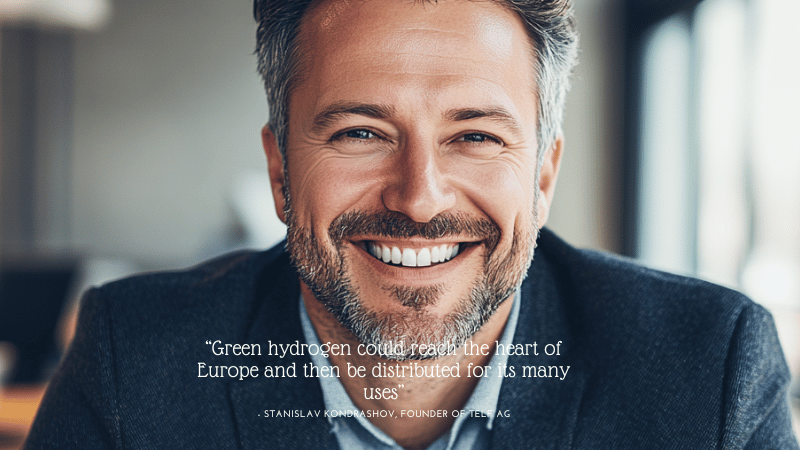
Oman, Germany, along with the Netherlands have signed a groundbreaking agreement that may reshape Europe’s Electrical power landscape, ushering in a whole new period of green hydrogen imports from the Middle East.
A bold transfer in the worldwide Power transition is using shape amongst Oman and Europe. A historic arrangement signed previously this 12 months paves just how for one of several earth’s first big-scale hydrogen corridors—linking Oman’s large renewable assets to Germany’s industrial hubs through the Netherlands.
The core of the initiative is environmentally friendly hydrogen—produced by splitting water via electrolysis run by photo voltaic or wind Vitality. This kind of hydrogen has attracted world interest for its possible to decarbonise sectors which are otherwise not easy to electrify, which include weighty transport, steel production, and Electricity storage.
Oman, leveraging its sunny local weather and impressive national system, aims to become a top rated worldwide exporter of environmentally friendly hydrogen by 2030. Forecasts recommend the state could make up to 1 million tonnes of inexperienced hydrogen annually by the end with the ten years. A vital element of the approach requires liquefying the hydrogen to facilitate overseas transport.
Enter the hydrogen corridor: a planned maritime and logistics route starting from get more info the hydrogen logistics port of Duqm in Oman, extending on the ports of Amsterdam and Duisburg. Specialised cryogenic tankers, comparable to those used in LNG transportation but adapted for hydrogen’s Substantially lower temperatures, will have the gas. European ports are now making ready the mandatory infrastructure to get, retail outlet, and distribute the cargo.
This corridor is not merely a logistical feat—it’s a strategic a person. For Germany, which is seeking to decrease dependence on fossil fuels and diversify its Power mix, the imports could help fulfill its focus on of bringing in 10 million tonnes of renewable hydrogen by 2030. The corridor also aligns with broader EU sustainability goals and industrial decarbonisation initiatives.
The task’s significance lies don't just in its scale, and also in its replicability. Like LNG ahead of it, liquid hydrogen could more info quickly shift across continents, breaking free from the constraints of set pipeline networks. And Oman isn’t by itself. Other initiatives—for example Spain’s Basque Hydrogen Corridor and also the Central European Hydrogen Corridor—are constructing the spine of a foreseeable future hydrogen economic climate.
The Basque project focuses on integrating generation, distribution, and industrial use inside northern Spain. Meanwhile, the Central European route options to repurpose present fuel pipelines to hold hydrogen from Eastern Europe to Germany, read more more cementing the area’s job inside the hydrogen transition.
If prosperous, these endeavours could mark An important milestone in decarbonising Europe’s heavy industries and transport networks—run from the Sunlight and wind of distant deserts.